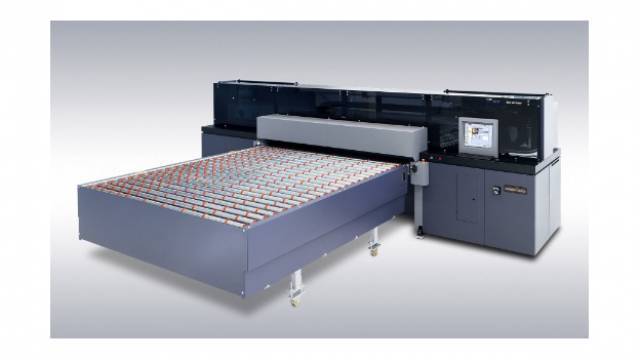Durst has set up a joint venture with CERADECOR, one of its Indian sales partners, creating a new company called VetroCER. This new enterprise will include an additional Durst segment: The Durst Industrial Inkjet Application segment.
Durst, the specialist for industrial inkjet applications is continuing its internationalization efforts with a joint venture in India. The new enterprise – VetroCER Ltd. – is based in Greater Noida (New Delhi) and was set up together with the local sales partner CERADECOR. Durst and CERADECOR can look back on three successful years of cooperation on the Indian market. Together they have installed in excess of 40 Durst Gamma Ceramic Printers and provide a service structure with 18 employees.
With VetroCER Ltd., this partnership is now taken to a new level and will include an additional Durst segment: The Durst Industrial Inkjet Application segment offers industrial inkjet printer systems for the decoration of glass to expand the potential range of applications of glass as an element for architecture, the automotive industry, design studios and interior designers.
Durst first presented the new Rho Vectrocer Glass Printer at glasstec 2014 in Düsseldorf, Germany. With this new printer, the print is processed with inorganic inks, produced by VetroCER Ltd. The ink formulation and quality control will be carried out by the ink lab of the Durst Research and Development Center in Lienz, Austria.
The foundation of the glass printer combines technological innovations from the other segments, which were subsequently further, developed and refined. The Continuous Flow Technology from the Gamma Ceramics Printer Series for example, is a system that provides continuous ink circulation in the print heads to prevent sedimentation of inorganic pigment inks. For the new printer this was equipped with QSR print heads and optimized with an innovative Fluid Technology. The Rho Vetrocer ink consists of inorganic pigments, glass drip, dispersing- and carrier fluids. It was developed by the Durst research facilities in Lienz, Austria especially for printing on a glass medium. The ink is printed directly onto the glass without a base coat, where it will fuse permanently with the glass during the stoving process in the external furnace.
“We are very pleased to intensify our successful partnership with CERADECOR and the entrepreneurial family Verma,” says Christoph Gamper, CEO of Durst Phototechnik AG. “This joint venture demonstrates our mutual confidence to achieve our common business objectives together. CERADECOR supplies the required know-how for the ink production and has been working together with our research department for some time now. The combination of our competences for glass printing will once again result in a successful implementation of Durst’s feature single source concept.”
With the Rho Vectrocer and the inorganic inks, Durst enables a cost-effective and rapid print on glass facades, glass doors, furniture, room partitions, kitchen back drops, back drops for elevators or appliances without long set-up times.




